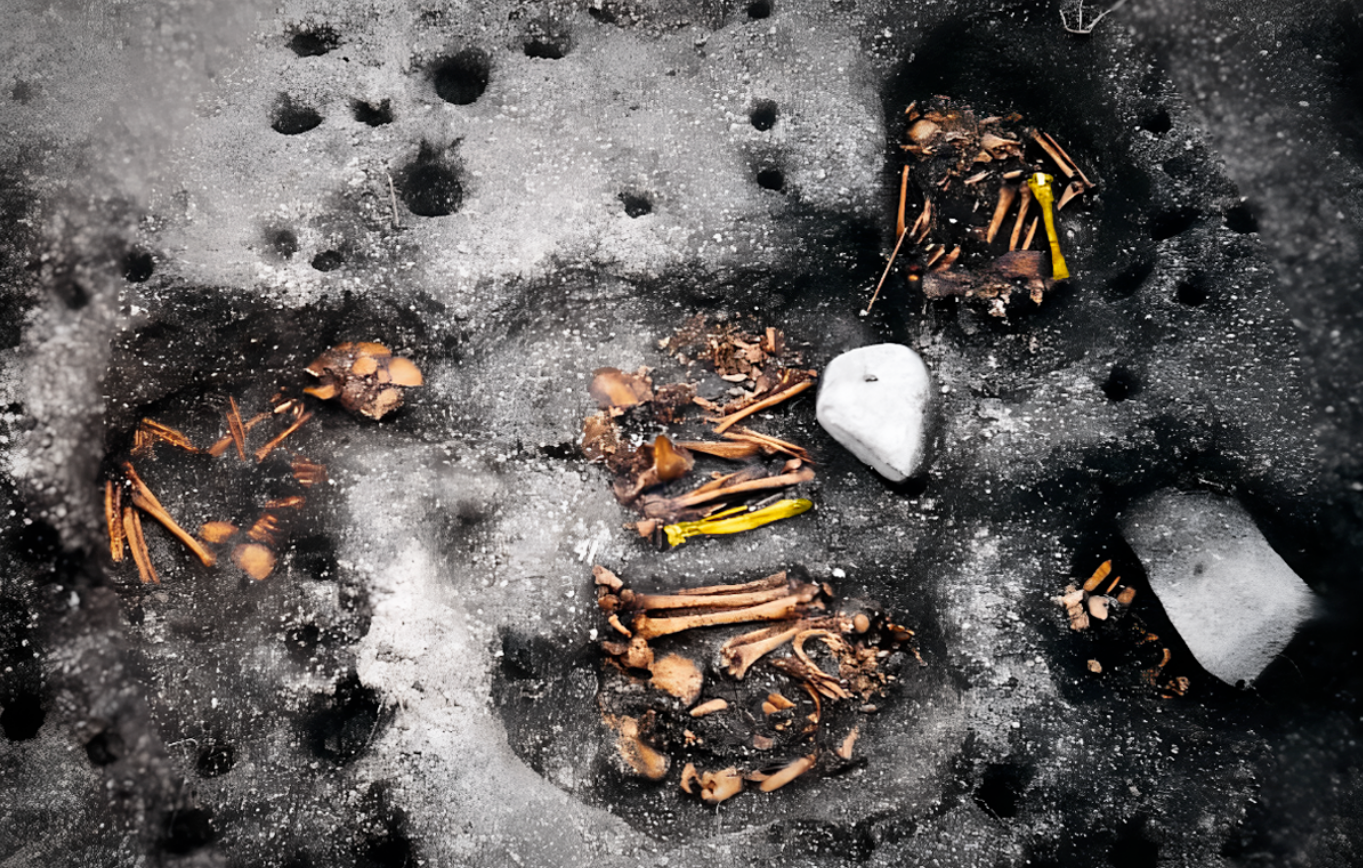The emergence of treponemal diseases, the unpleasant gang of illnesses that includes syphilis and yaws, has been a long-standing mystery that’s been hotly debated for decades. Thanks to a new study, the bodies of four prehistoric people found in Brazil have recently added an intriguing piece to the puzzle.
Scientists at the University of Zürich have managed to get their hands on the oldest known genomes of Treponema pallidum bacteria from a set of prehistoric human remains found in Brazil. Dating to around 2,000 years old, they’re the oldest reconstructed ancient T. pallidum strains by more than 1,000 years.
The strains were obtained from human remains discovered at Jabuticabeira II in the Laguna region of Santa Catarina along the Brazilian coast. Among the many bodies discovered at the site, at least four individuals had been infected with a treponemal disease.
Using advanced genomic techniques, the team managed to piece together and reconstruct the genomes of the T. pallidum bacteria that had infected them.
These people would not have been suffering from venereal syphilis, the notorious sexually transmitted infection. There are three subspecies of T. pallidum, each of which causes a different disease: yaws, bejel, and syphilis.
Analysis of the genomes indicates the bacteria were most closely related to the modern subspecies that causes bejel, also known as nonvenereal endemic syphilis, a condition that causes lesions of the skin and bones.
Nevertheless, the research may help shed some light on the subspecies of T. pallidum bacteria that causes the sexually transmitted form of syphilis.
“With molecular clock dating, one can illuminate the evolution of a species by calculating the divergence times of the whole T. pallidum family and the difference subspecies. With these calculations, we can see that the venereal syphilis-causing strains evolved later than the bejel-causing strains,” Verena Schünemann, study author from the Institute of Evolutionary Medicine at the University of Zürich, told IFLScience.

A cluster of skeletons infected with the pathogen at the Jabuticabeira II site.
Image credit: Dr Jose Filippini
“Now we have an idea that treponemal diseases were present in pre-Columbian America and can even identify the subspecies. Although we cannot yet uncover the origins of the venereal syphilis subspecies, it shows that other subspecies such as bejel-causing strains also played an important role in the past and need to be integrated into these theories,” she added.
Most crucially, the study shows unequivocal evidence that treponemal diseases were present in the Americas before European colonization.
How they got here, however, remains unclear. Maybe T. pallidum originated here in the Americas through a local zoonotic spillover or perhaps it was brought over from Eurasia during the early human migrations into the Americas.
When looking at the global spread of syphilis, the best known of all treponemal diseases, it’s often assumed that the crew who sailed with Christopher Columbus brought the bacteria back to Europe in the late 15th century after colonizing the Americas and “intermingling” with the locals. The first documented outbreak of syphilis occurred in 1495 CE when the army of France’s Charles VIII fell sick with the bug during an invasion of Naples.
While it might seem that evidence of treponemal disease in pre-Columbian America affirms this theory, the researchers’ previous work on T. pallidum strains in Early Modern Europe suggests the opposite: the T. pallidum family was likely to be lurking across the world long before Columbus set foot in America.
“The existence of a treponemal disease in prehistoric South America and the resulting molecular clock dating of the divergence time of the Treponema pallidum family (12,000-550 BCE) suggests that the bacterial family had already spread globally in pre-contact times or emerged on the American continent,” Schünemann explained.
“Based on these results we cannot favor one of the two options. However, if we also take previous studies into account, like the huge diversity of three different T. pallidum lineages that we found in 15th-17th century Europe, it seems to be more likely that the bacterial family [was] already prevalent globally before Columbus sailed to the Americas,” she concluded.
The study is published in the journal Nature.
Source Link: 2,000-Year-Old Bones In Brazil Shed Light On The Family Tree Of Syphilis